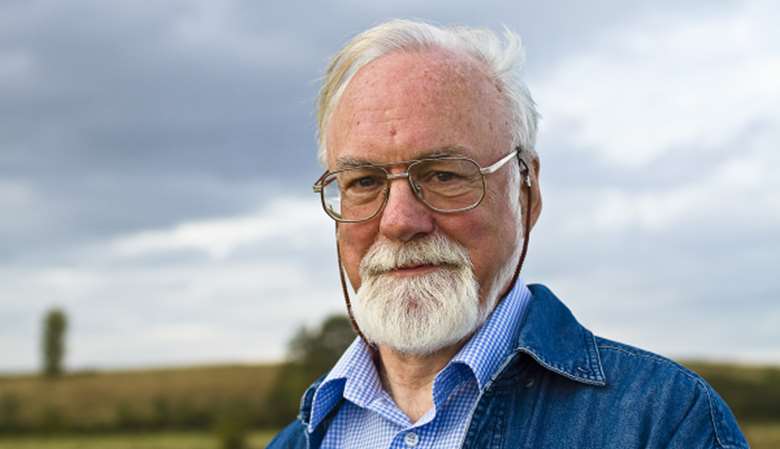Composer John McCabe has died
Gramophone
Friday, February 13, 2015
Born April 21, 1939; Died February 13, 2015

Register now to continue reading
Thanks for exploring the Gramophone website. Sign up for a free account today to enjoy the following benefits:
- Free access to 3 subscriber-only articles per month
- Unlimited access to our news, podcasts and awards pages
- Free weekly email newsletter








